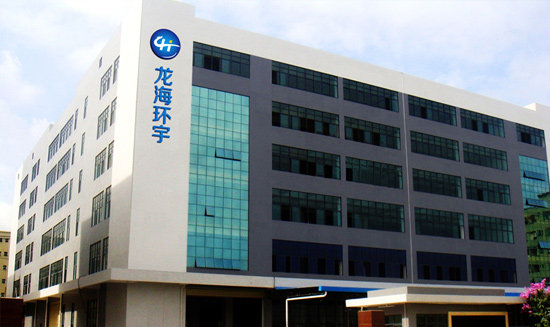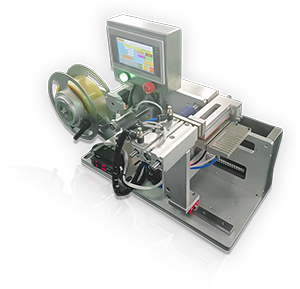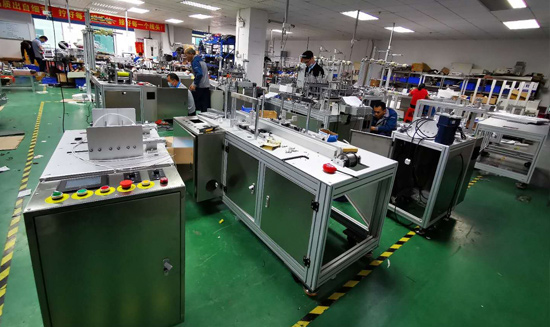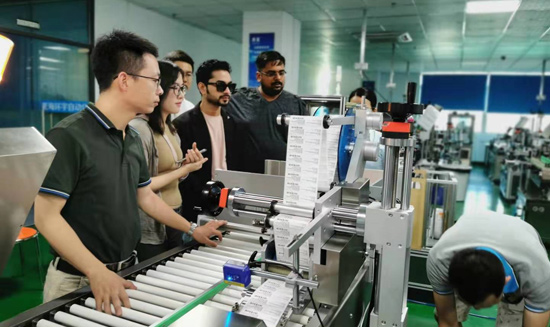关于我们
CCD视觉飞拍技术与自适应学习迭代对工业计算机的性能要求更高
Time:2025-04-28
Page views: 1499次
CCD视觉飞拍技术与自适应学习迭代对工业计算机的性能要求更高
一、技术原理与性能挑战
CCD视觉飞拍技术结合自适应学习迭代,在视觉贴标机中形成“感知-决策-优化”闭环系统,其核心原理及对工业计算机的要求如下:
-
动态感知层
- 采用高帧率CCD相机(1000-2000fps)实时捕捉运动目标,通过多光谱成像(如近红外+可见光)增强复杂材质识别能力。
- 计算需求:需支持3个以上1394B接口,确保多相机同步采集时的数据吞吐量。
-
智能决策层
- 自适应学习算法通过历史数据迭代优化定位模型,如基于深度学习的标签褶皱预测系统,需实时处理每秒5GB的图像流。
- 算力需求:GPU加速卡(如NVIDIA Jetson AGX)成标配,浮点运算能力需达8 TFLOPS以上。
-
执行控制层
- 多轴伺服系统(EtherCAT总线)需实现<2ms的指令响应,工业计算机需集成8路可编程GPIO。
二、工业计算机性能要求与选型
根据应用场景差异,主流方案可分为两类:
| 类型 | 典型配置 | 适用场景 |
|---|---|---|
| 多相机协同型 | 双千兆网口+3×Camera Link,支持10路相机并行处理 | 电子元件多面检测(如手机电池) |
| 边缘计算型 | 搭载Intel i7+RTX 5000,支持本地模型训练 | 医药包装柔性产线 |
关键性能指标:
- 抗震设计:硬盘驱动架需满足5G振动环境运行
- 宽温工作:-20℃~70℃稳定性保障
- 功耗控制:无风扇散热架构,整机功耗<60W
三、技术优势与现存瓶颈
优势分析
-
效率突破
- 某饮料罐产线实测:贴标速度从300罐/分钟提升至450罐/分钟,能耗降低22%
-
精度迭代
- 自适应学习使定位误差从±0.1mm优化至±0.05mm,满足3C电子0级精度标准
-
柔性扩展
- 换型时间缩短至10分钟,支持200+种标签模板动态加载
技术缺陷
-
硬件成本高
- 高端系统单机成本超80万元,投资回报周期>3年
-
维护复杂度
- 需定期校准多光谱光源,维护频次较传统系统增加50%
-
环境敏感性
- 车间振动>0.5G时定位失败率上升至0.3%
四、应用选择与行业实践
优选场景
-
高速精密场景
- 手机镜头模组贴装:UPH(单位小时产能)达2600pcs,良率99.98%
-
多品种混线
- 日化产品小批量定制:支持每小时切换15种标签规格
规避场景
- 无预处理工序的高反光材料(反光率>90%)
- 粉尘浓度>5mg/m³的未封闭环境
典型应用成果:
-
某锂电池企业引入四工位系统后:
- 贴标精度:±0.06mm(超越UL认证要求)
- 设备综合效率(OEE)提升至92.5%
-
冻干粉针剂产线升级案例:
- 批次一致性通过FDA 21 CFR Part 11认证
五、技术演进方向
-
算力分布式架构
- 5G边缘计算节点与本地工控机协同,时延压缩至10ms内
-
智能维护系统
- 通过振动频谱分析预测设备故障,维护成本降低30%
-
国产化替代
- 海康威视2000万像素相机+华为Atlas算力模组方案,成本降低40%
结语
CCD视觉飞拍技术与自适应学习的深度融合,推动工业计算机向“强实时、高算力、可进化”方向演进。选型时需重点验证:多相机协同能力(≥8路I/O)、环境适应性(宽温/抗震)、算法框架兼容性(支持TensorRT/MNN等)。随着国产工控机在接口丰富性(如8路GPIO设计)与边缘智能方面的突破,该技术在中端市场的渗透率有望在2026年突破60%。













 微信咨询
微信咨询